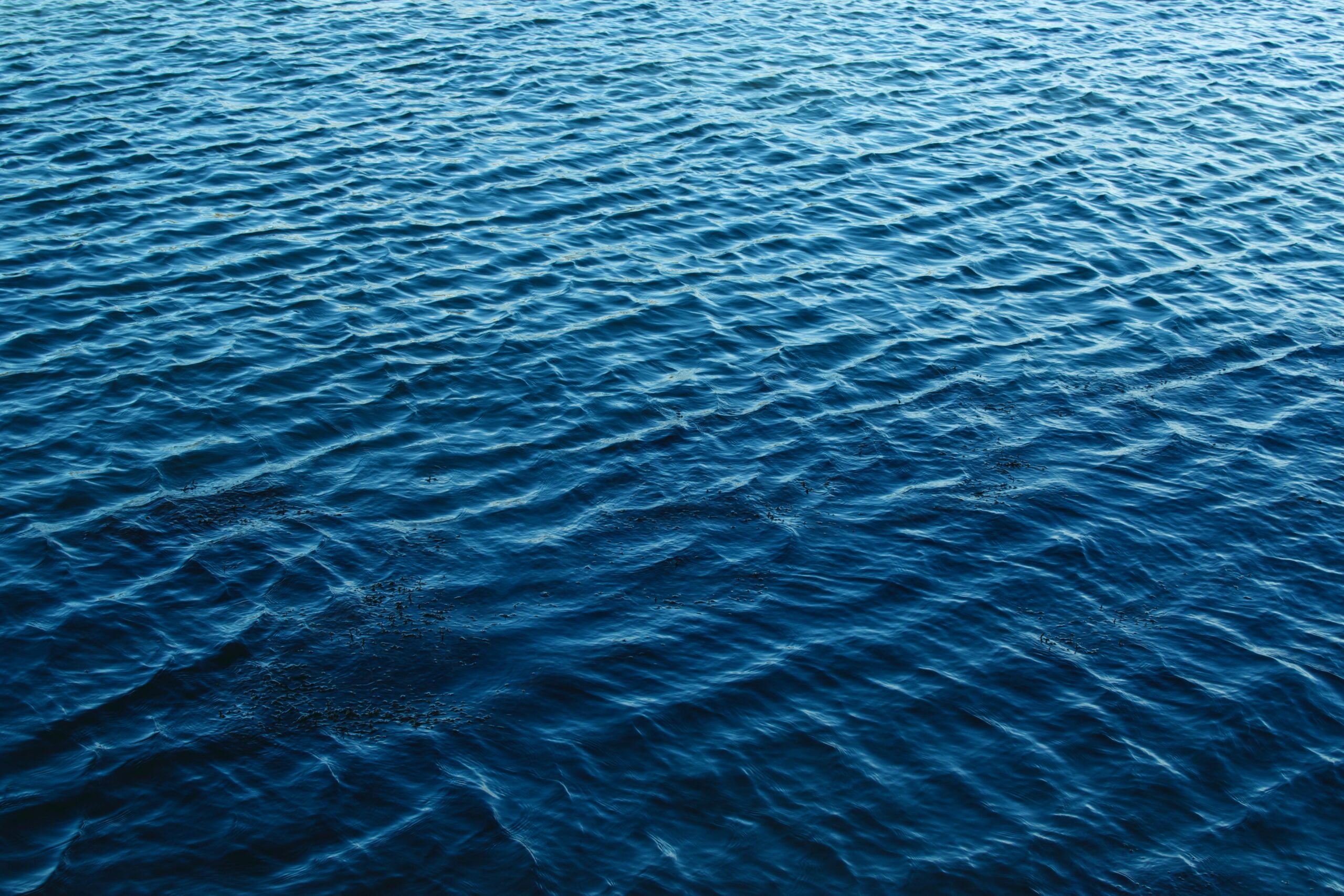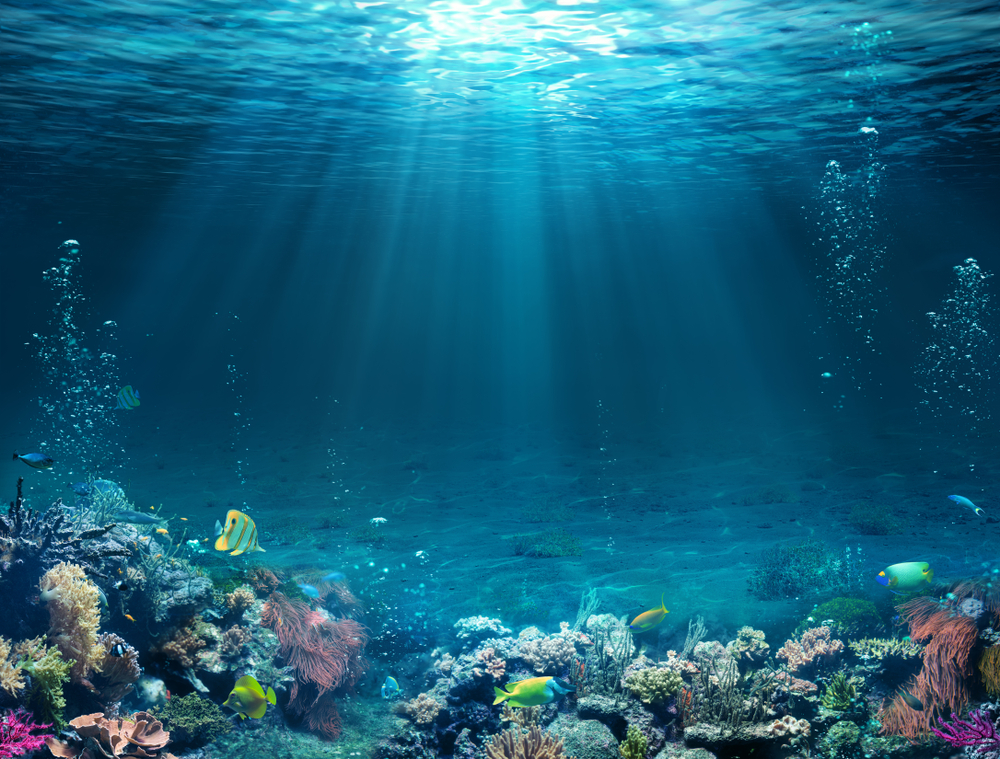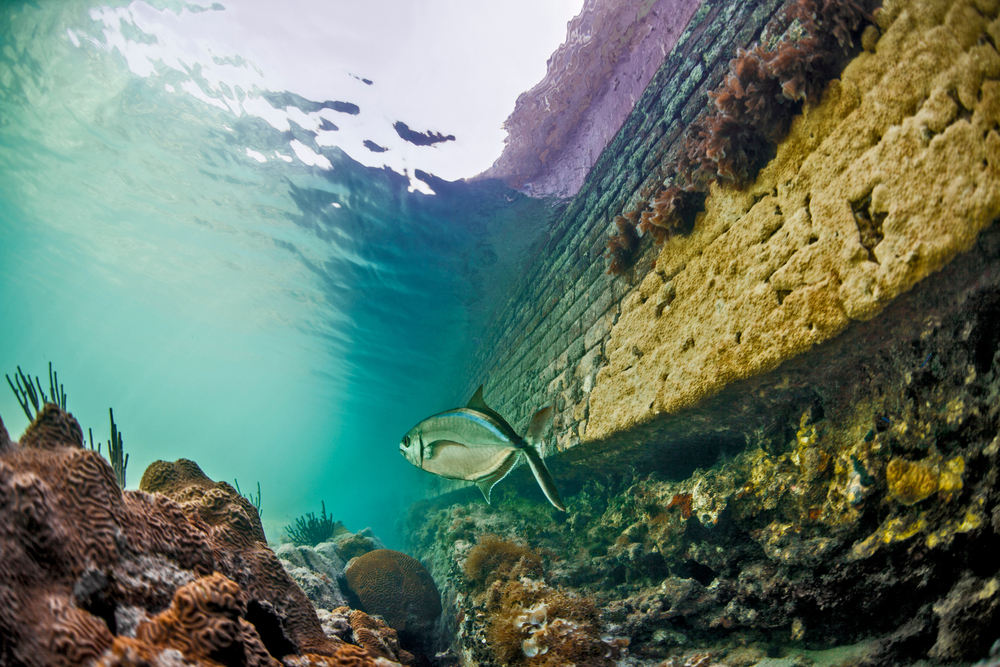Humans Have Only Seen 0.001% of the Seafloor

We gaze at the stars, dreaming of distant worlds, launching billion-dollar missions to touch the void. Yet beneath our own oceans—right here, on the very planet we live on—lies a world even more mysterious, more untouched. Not by millions of miles, but by mere meters of water.
How much of the deep seafloor do you think we’ve actually seen?
Ten percent? Maybe five?
Try this: 0.001%.
Not even one-hundredth of one percent. Just a sliver—roughly the size of Rhode Island. That’s all we’ve visually explored of the largest ecosystem on Earth. Two-thirds of our planet remains a shadow.
Let that settle in your chest.
We’ve mapped Mars in more detail than our own oceans. We’ve walked on the Moon, but we haven’t walked on most of the seafloor that supports our atmosphere, moderates our climate, and may hold secrets to healing diseases we haven’t even discovered yet.
So the question isn’t just what’s down there?
The question is: why haven’t we looked?
The Blind Spot Beneath Us
It’s almost ironic: we pride ourselves on being explorers, innovators, seekers of knowledge. We send telescopes to the edge of the universe, chart galaxies billions of light-years away, and theorize about habitable exoplanets. Yet right here—on Earth—we’ve overlooked a vast frontier beneath our oceans. A frontier not hidden by distance, but by disinterest, difficulty, and darkness.
According to a 2024 study by the Ocean Discovery League, humans have only visually explored 0.001% of the deep seafloor. That’s not a typo. Out of the millions of square miles that make up the ocean’s depths, we’ve only seen an area equivalent to the size of Rhode Island. Let that sit with you: in over 65 years and 43,000 recorded deep-sea dives, we’ve barely scratched the surface.
What’s more alarming is how outdated much of that data is. Nearly a third of those recorded dives happened before 1980, using grainy, black-and-white images and primitive equipment. Even if we optimistically assume ten times more data exists in private or unpublished archives, experts conclude the total visual coverage still wouldn’t reach even 0.01%.

The deep sea begins just 200 meters down—well within the reach of today’s technology. And yet, because it’s dark, cold, expensive, and often deemed unprofitable, it’s largely ignored. Most explorations hover near the coasts of just five countries: the U.S., Japan, New Zealand, France, and Germany. The rest of the world’s waters—especially international zones—remain practically untouched.
This isn’t just a matter of curiosity. This is a matter of consequence. Without knowing what’s down there, we’re flying blind as we charge forward with deep-sea mining, undersea construction, and climate interventions. We’re altering an ecosystem we’ve barely seen, let alone understood. As lead researcher Dr. Katy Croff Bell puts it, continuing at our current pace, it would take 100,000 years to see the entire seafloor. That’s not a margin of error. That’s a warning.
What Lies in the Deep? Not Just Darkness

The deep ocean isn’t just an abyss—it’s an engine. It drives climate stability, nurtures biodiversity, and may hold the keys to healing some of humanity’s greatest ailments. But because it exists beyond the shimmer of sunlight, we often think of it as empty, lifeless, or irrelevant. That couldn’t be further from the truth.
Beneath 200 meters, where sunlight fades and pressure rises, is a realm that covers two-thirds of the Earth’s surface. It pulses with life—unseen, unexplored, and profoundly connected to our existence. Hydrothermal vents, cold seeps, coral gardens, and abyssal plains host species so unique they rewrite biology textbooks. Some don’t rely on photosynthesis at all, thriving instead on chemical reactions in total darkness. In the 1970s, researchers discovered entire ecosystems built on this “chemosynthesis,” a revelation that fundamentally changed our understanding of life itself.
And that’s just the beginning.

The deep ocean acts as a planetary thermostat, absorbing heat and carbon dioxide, buffering us from the full impact of climate change. It’s also a source of oxygen generation and nutrient cycling—processes that influence the very air we breathe and the food we grow. Within its depths lie molecular compounds that could become tomorrow’s medicines—antibiotics, antivirals, anti-cancer agents—hidden in the bodies of creatures we’ve never seen.
But here’s the catch: without visual exploration, we don’t know what’s already there, let alone what’s being lost. Deep-sea mining, industrial trawling, and warming waters are threatening habitats we haven’t even documented. How do you protect what you’ve never seen? How do you mourn the loss of a species that no one knew existed?
When we reduce the deep sea to “just water” or “just darkness,” we strip away its dignity—and our responsibility. It is not just a black void. It is a living, breathing part of Earth’s body. And like any vital organ, ignoring it comes at a cost we may not recognize until it’s too late.
The Unequal Lens of Exploration

When you think about exploration, you might imagine a collective human journey—our species reaching into the unknown, together. But the truth is, the map of our deep-sea knowledge is not global. It’s deeply uneven, skewed by power, privilege, and proximity.
More than 97% of all recorded deep-sea dives have been conducted by just five countries: the United States, Japan, New Zealand, France, and Germany. And nearly 65% of all visual data comes from the waters off just three of them. Entire oceans—like the Indian or the vast central Pacific—remain virtually untouched. What we think we know about the deep sea is based on narrow slices of coastlines and repeated visits to the same few sites.
This imbalance is more than a gap in data—it’s a distortion of truth. Picture trying to understand all life on land by only observing a single forest in Germany or a stretch of California coastline. That’s essentially how we’re treating the ocean. The traits we document—habitats, species, even ecosystem behavior—are taken from these small samples and then generalized to the entire planet. But the deep sea is not uniform. It holds wildly different terrains: jagged ridges, sprawling abyssal plains, deep trenches, and hidden mountain ranges teeming with undiscovered life.

And then there’s the silence—the parts we haven’t looked at. Places where entire ecosystems might exist, unknown and unprotected. Regions where climate change, fishing trawlers, or seabed mining might already be leaving damage that no one is there to witness.
Why such a narrow lens? Cost. Deep-sea exploration requires submersibles, research vessels, robotic systems, trained teams—and funding. Most low- and middle-income nations simply don’t have access to that kind of technology or infrastructure. As a result, exploration becomes concentrated in the hands of a few, while the rest of the world watches from the shoreline.
But that doesn’t have to be the future. Technological advances—like low-cost autonomous vehicles and suitcase-sized camera systems—are beginning to open doors. If we can democratize the tools of exploration, empower coastal communities, and share dive records openly, the story we tell about our ocean can finally be written by many voices, not just a privileged few.
What’s Stopping Us—and What Could Change That

So, why haven’t we seen more? Why, in an age of satellites and smartphones, does the deep ocean remain so invisible?
It comes down to three simple but stubborn barriers: cost, access, and attention.
Exploring the deep sea is expensive. Traditional expeditions rely on large, specialized ships, remotely operated vehicles (ROVs), autonomous submersibles, and expert teams—each element costing hundreds of thousands, sometimes millions, of dollars. For decades, only a handful of nations and private enterprises could afford to fund such journeys. And even when dives do happen, the data often stays siloed, unpublished, or lost in private archives.
But cost is only part of the equation. The deeper issue is priority. We invest in what we value. And for too long, the deep ocean has been valued only for what we can take from it—minerals, oil, fish—not for what it can teach us, or what it already gives. It stabilizes our climate. It supports global biodiversity. And yet, unless there’s immediate profit, we rarely send our cameras down.
This mindset is slowly beginning to shift.
Visionaries like Katy Croff Bell and organizations like the Ocean Discovery League are working to rewrite the rules of exploration. Advances in low-cost, suitcase-sized robotic systems, AI-powered image analysis, and community-based research models are making it possible for even small labs and developing nations to join the mission. Machine learning can now sift through hours of underwater footage in minutes. Fiber-optic cables lying across the ocean floor are being reimagined as sensor arrays, able to detect even the slightest movement in the deep.
Imagine this: exploration not led by billion-dollar research vessels, but by networks of compact, smart, and affordable systems deployed around the world. Picture students in Kenya, Indonesia, or Peru analyzing deep-sea footage from their own waters—contributing to global knowledge, preserving local ecosystems, and redefining what it means to be a scientist.
Why This Matters Now
There’s a strange comfort in not looking. If we don’t see it, we don’t feel responsible for it. But the ocean doesn’t need our avoidance. It needs our attention.
Right now, deep-sea mining operations are being approved for parts of the ocean floor we’ve never laid eyes on. Climate change is altering undersea currents that regulate our weather, our crops, even our breath—and we have almost no real-time data to understand how. Entire ecosystems may be vanishing in silence, not because we didn’t care, but because we didn’t see.
But now is the moment to change that.
Every time we explore a new corner of the deep, we find something unexpected—a creature, a process, a chemical compound, or a story that rewrites what we thought we knew about life itself. Some of these discoveries have already changed medicine, reshaped theories of evolution, and challenged the way we define life. Imagine what we’re missing in the unseen 99.999%.
As Ian Miller of the National Geographic Society put it, “If we have a better understanding of our ocean, we are better able to conserve and protect it.” And protection is no longer optional. It’s urgent.
Because the deep sea isn’t just an ecological marvel—it’s a mirror. A reflection of how we value mystery, interconnection, and humility in the face of the unknown. We cannot afford to continue acting like we understand the planet while ignoring its most expansive ecosystem.
So ask yourself: what would it look like to live as if the unseen mattered? What kind of future would we build if we treated the ocean—not just as a resource, but as a relationship?
The next age of discovery doesn’t belong to the few. It belongs to the curious, the courageous, and the connected. It belongs to us.
It begins not with a ship, but with a shift—in awareness. In wonder. In will.
Loading...

